Convention calls time on cluster bombs
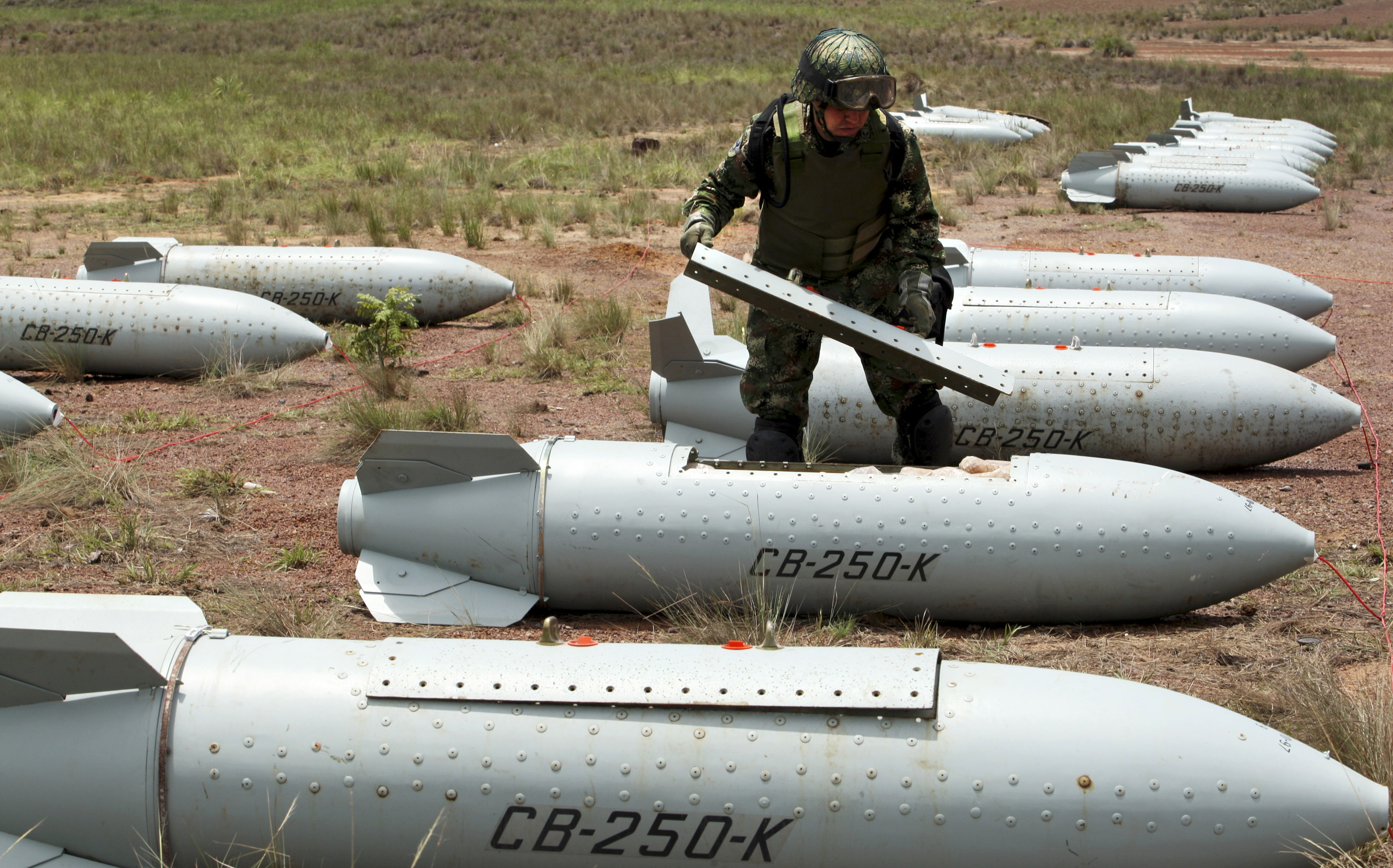
Switzerland is among the nations yet to ratify the international Convention on Cluster Munitions which comes into force on August 1.
The treaty, adopted in Dublin in 2008, has been signed by 107 countries but only ratified by 37 states so far.
The Swiss state-owned arms manufacturer Ruag has produced cluster bombs in the past using components built in the country or imported from Israel. Switzerland has an inventory of around 200,000 munitions.
National legislation to approve Switzerland’s ratification of the convention is not expected before the end of next year at the earliest.
But Paul Vermeulen is confident that the issue will not be blocked in parliament. The director of the Swiss branch of Handicap International says that the two houses of parliament have already passed two motions calling for speedy ratification of the convention.
Nor should the bill, which goes out to consultation in the coming months, come up against opposition from the military and arms industry, Lieutenant Colonel Alexander Vautravers, editor of the Swiss military review, told swissinfo.ch. “For the army chiefs, it is not a decisive battle,” he said.
However, he believes the army may try to add amendments to the convention. For example, allowing the manufacture and use of such ammunition in wartime – if such bombs became more efficient, that is if the submunitions contained in these bombs were certain to explode after their release.
Such restrictions would no doubt cause an uproar among supporters of the convention, since it would weaken the ban or divest it of meaning.
Lesser evil
Vautravers argues that the agreement was signed by Switzerland without proper public consultation, in contrast to its big brother, the 1999 Ottawa Mine Ban Treaty. In getting rid of cluster bombs, the artillery of the Swiss army will lose 75 per cent of its firepower, he notes.
He makes a point of saying that cluster bombs have been the lesser of two evils, since they were developed by the United States during the Vietnam War to replace the terrifying napalm bombs.
At the time the US Air Force launched 270 million cluster bombs on Laos’s mountainous countryside bordering Vietnam. More than a third did not explode, later transforming into dangerous land mines.
Hansjörg Eberle, director of the Swiss Foundation for Mine Action, has said it will take 50 years to neutralise the unexploded bombs. More than 30 years after the end of the Vietnam War the munitions continue to kill or maim people and large areas of Laos remain uncultivable.
The issue will return to the Laos capital of Vientiane in November this year when the country hosts the first conference of State Parties to the Convention on Cluster Munitions. According to the Geneva-based International Committee for the Red Cross, this first meeting is expected to strengthen the effective implementation of the treaty and its control mechanisms by adopting a plan of action.
Control mechanism
Based on the experience of the Ottawa Treaty, which bans anti-personnel mines, Paul Vermeulen of Handicap International believes that publicly exposing states that violate treaties is an effective means of pressure and control.
The Ottawa Treaty and the Convention on Cluster Munitions stipulate that an annual report is compiled by independent investigators and supervised by non-governmental organisation coalitions that were formed around each of these two conventions.
In the Ottawa Treaty’s latest report, researchers found that none of the signatory states had used anti-personnel mines since 1999. Nearly 60 armed rebel groups around the world have also pledged to stop using anti-personnel mines in recent years.
Vermeulen says this shows the market for anti-personnel mines is drying up and that such a treaty, backed by a strong coalition of NGOs, has proven to be effective.
People power
But Lt Col Vautravers has his doubts, noting that most of the world’s large arms manufacturers, such as China, Russia, North Korea, Iran, Israel and the US, have not signed the agreements.
Vautravers, who is also the head of International Relations at the American Webster University in Geneva, also believes a monitoring system needs to be set up through international bodies such as the Organization for Security and Cooperation in Europe.
He says the two demining treaties signal the end of an era, one where almost all states could be mobilised to limit the use of weapons, a political will that is embodied in the Geneva Conventions.
In fact, it was because states failed to agree by themselves to ban such weapons that Norway – in the case of cluster munitions – and Canada – for anti-personnel mines – began pushing to involve civil society in the two accords.
Yves Lador, an analyst of international organisations, argues that using NGOs means governments don’t have to confront their counterparts in other countries, leaving the monitoring and condemnation to civil society and public opinion.
Frédéric Burnand in Geneva, swissinfo.ch (Adapted from French by Jessica Dacey)
A cluster munition is a weapon that disperses or releases explosive submunitions: small, unguided explosives or bomblets that are designed to explode prior to, on or after impact. The number of submunitions dispersed can vary from several dozens to over 600.
Around 35 countries are known to have produced over 210 different types of cluster munitions.
At least 87 countries currently stockpile cluster munitions or have done so in the past. Current stocks amount to millions of cluster munitions, containing billions of individual submunitions. Out of the 87 countries that have or have had stockpiles of cluster munitions, 16 have actually used them during armed conflict.
(Source: ICRC 2010)
In 2008, 107 states concluded an international treaty prohibiting cluster bombs. The negotiations that led up to this were part of the “Oslo Process” a Norwegian initiative whose aim was the conclusion of a treaty on cluster munitions by the end of 2008.
States adhering to the convention must never use, develop, produce, acquire, stockpile, retain or transfer cluster munitions. They are also generally banned from assisting, encouraging or inducing anyone to undertake any activity prohibited by its provisions.
Each state is required – within eight years of becoming a party to the convention – to destroy the stockpiles of cluster munitions under its jurisdiction and control.
Each State Party that has cluster munition victims on its territory or under its control must provide for their medical care and physical rehabilitation,
psychological support and social and economic inclusion.
(Source: ICRC 2010)

In compliance with the JTI standards
More: SWI swissinfo.ch certified by the Journalism Trust Initiative


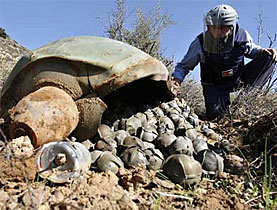
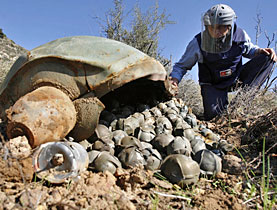
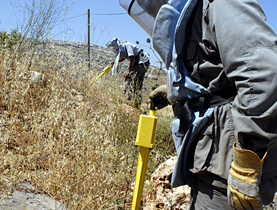
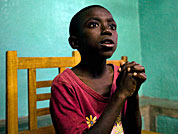
You can find an overview of ongoing debates with our journalists here. Please join us!
If you want to start a conversation about a topic raised in this article or want to report factual errors, email us at english@swissinfo.ch.